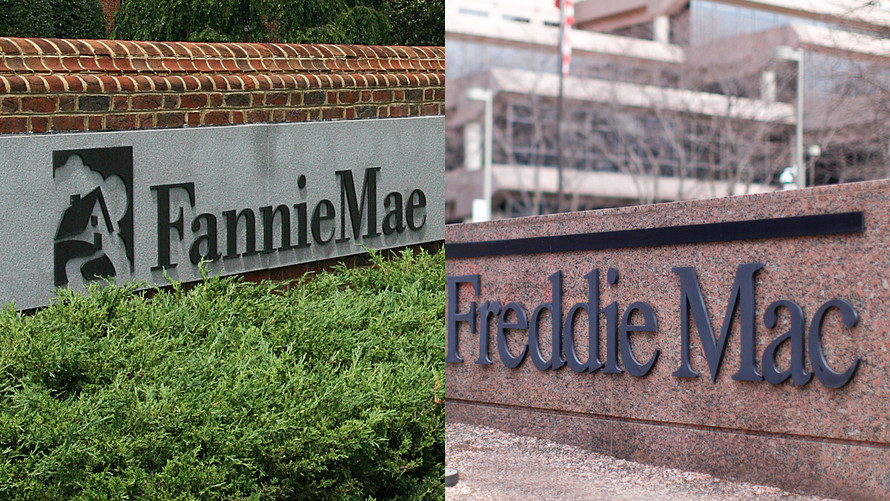
The Trump administration’s vision for housing finance reform is now much clearer.
The Treasury Department and the Department of Housing and Urban Development, in coordination, each released plans Thursday detailing how the two agencies believe the housing finance system should be reformed. The much-anticipated plans fulfilled President Trump’s request, made back in March through a presidential memorandum, directing Treasury Secretary Steven Mnuchin to create a blueprint for housing finance reform.
The Treasury Department’s plan includes a series of 49 recommendations focused primarily on ending the conservatorship of Fannie Mae and Freddie Mac, while still guaranteeing support for single- and multifamily lending and affordable housing initiatives.
Fannie Mae
FNMA, +1.71% and Freddie Mac FMCC, -0.36% have now been under conservatorship for 11 years after the wave of foreclosures that preceded the Great Recession put the two so-called government-sponsored enterprises in dire straits.
The HUD plan, meanwhile, is concerned with refocusing the Federal Housing Administration’s mission and ensuring that tools are in place to manage risk appropriately.
The recommendations made by both departments include a mix of proposals that would require Congress to take action and measures that could be taken in the meantime or in the event that legislators cannot pass a comprehensive housing-finance reform package. The Treasury department noted in its plan that it would prefer Congress to undertake comprehensive legislation.
“Although Treasury does not believe a Government guarantee is required, Treasury would support legislation that authorizes an explicit, paid-for guarantee backed by the full faith and credit of the Federal Government that is limited to the timely payment of principal and interest on qualifying mortgage-backed securities,” the department said.
“Legislation could also achieve lasting structural reform that tailors that explicit Government support of the secondary market and repeals the GSEs’ congressional charters and other statutory privileges that give them a competitive advantage over private sector competition.”
Both plans lacked specifics regarding some of the recommendations, though a more detailed vision of the Trump administration’s view could come to light next Tuesday. That’s when Mnuchin, HUD Secretary Ben Carson and Federal Housing Finance Agency Director Mark Calabria are set to testify about the reform plan before the Senate Banking Committee.
Many analysts, meanwhile, aren’t holding their breaths for the Trump administration’s plan to come fully to fruition anytime soon.
“The release of this plan is certainly a positive catalyst for the process moving along, but we remain confident that there will be many more twists and turns before any recapitalization and release is fully, if ever, executed,” Beacon Policy Advisors said in a note this morning. “Change may be coming, but as we saw with this upcoming blueprint, it will likely be far more drawn out and less specific than investors may hope.”
Beacon Policy Advisors further noted that Calabria has insisted that any reforms should take place over the span of five years, which extends well beyond the 2020 presidential election at this rate.





























